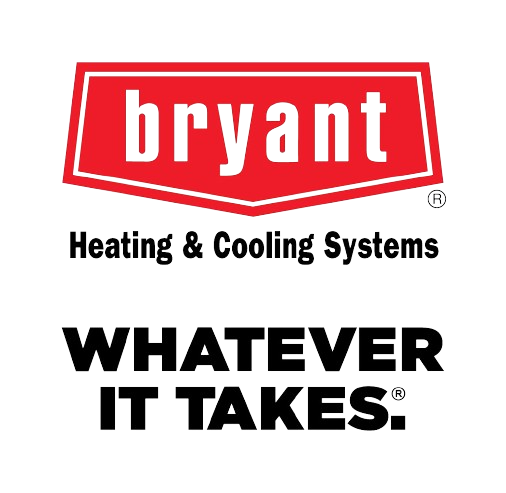When you buy an old house, you may feel you have gotten a great bargain—until you begin working on the plumbing, that is. Then you may discover that your plumbing system needs work or that it may not be up to code.
We’ll discuss some of the factors you must consider when upgrading the plumbing system in an old house. Here’s what you may need to consider:
- What are your existing pipes made of?
- Is your pipe system configured optimally?
- Does your house have vents installed near drains?
- Are your plumbing fixtures water-conscious?
- Is the water pressure too low?
Updating plumbing in old houses may seem like a daunting task, but you should be able to do it easily and without breaking the bank with these tips.
Upgrade Your Pipes to a More Modern Material & Configuration
Sometimes, the only problem with the plumbing in an old house is the type of pipe and fittings used. In this case, you can simply follow the old plan, but you must replace all old plumbing with modern pipe and fittings. Pipe replacement is pretty easy to do and something you should hope for. Generally, when this is the case, you will simply need to use larger pipes of more modern material.
Many old houses still have lead pipes to carry waste away from the house. Additionally, in older houses, the waste pipes of the tub and sink are connected to the waste pipe of the toilet. Today, lead pipes are unacceptable for any application and must be replaced with PVC or copper pipes.
You must also ensure that the waste pipes of the tub and sink are connected to the main drain line of the house. While it is possible to make working repairs by simply following the old layout of the pipes, in some cases it wouldn’t be up to code. In such cases, you must reconfigure the layout of the pipes.
Have Vents Installed Near Drains to Meet Building Codes
Many old houses don’t have vents installed near drains. This is a situation that has to be corrected to meet building codes. Vents help used water drain away quickly. They also stop sewer gases from rising into the dwelling. You must check local building codes to determine exactly how close to the drain your new vents must be.
Choose Water Saving Toilets & Fixtures
When planning how to replace the plumbing in an old home, be sure to keep water conservation in mind. Replace old fixtures such as toilets, showerheads, and faucets with models that are designed to save water. Be sure to do it right and invest in the highest quality of fixtures and materials you can. Doing so will save you time and money and the aggravation of frequent repairs in the long run.
Replace Old Lead Pipes with Copper
When you update the plumbing in an old house, one essential aspect you must consider is the types of materials you’ll use for your piping. If your home has any lead piping, you must get rid of it immediately. Replace them with copper, galvanized steel, or PVC. These are not only healthier options, but they’re also durable and don’t taint the flavor of your drinking water.
The best material for water lines is copper. The only caveat is that it tends to freeze easily and should, therefore, be covered with insulation. For wastewater, you’re better off using (acrylonitrile butadiene styrene) ABS. It is the sturdiest and will last the longest. Some people like to use PVC for everything, but this isn’t a good idea for wastewater. PVC isn’t strong enough to withstand the test of time, and it tends to leach plastic into the water, so it is a poor choice for bringing water into the home.
Be Strategic in Laying Out Your New Plumbing System

A poorly planned system can cause problems like temperature and pressure fluctuations in the shower when water is used elsewhere. It could also lead to frequent clogs and backups due to insufficient drain pipe size. Before updating the plumbing in your home, take the time to understand plumbing best practices, especially regarding old houses. Follow the tips presented here, along with local codes and ordinances, and you’re bound to install your plumbing system properly.
When repiping a house, you must be careful not to damage essential features or structural elements. Examples include plasterwork, beams, or even flooring. This is one of the reasons you must enlist the help of a professional plumber.
If you’re in the Coachella Valley area, give KC’s 23 ½ Hour Plumbing a call at 760-327-8718. We’ll be more than happy to help you update the plumbing in your old house.

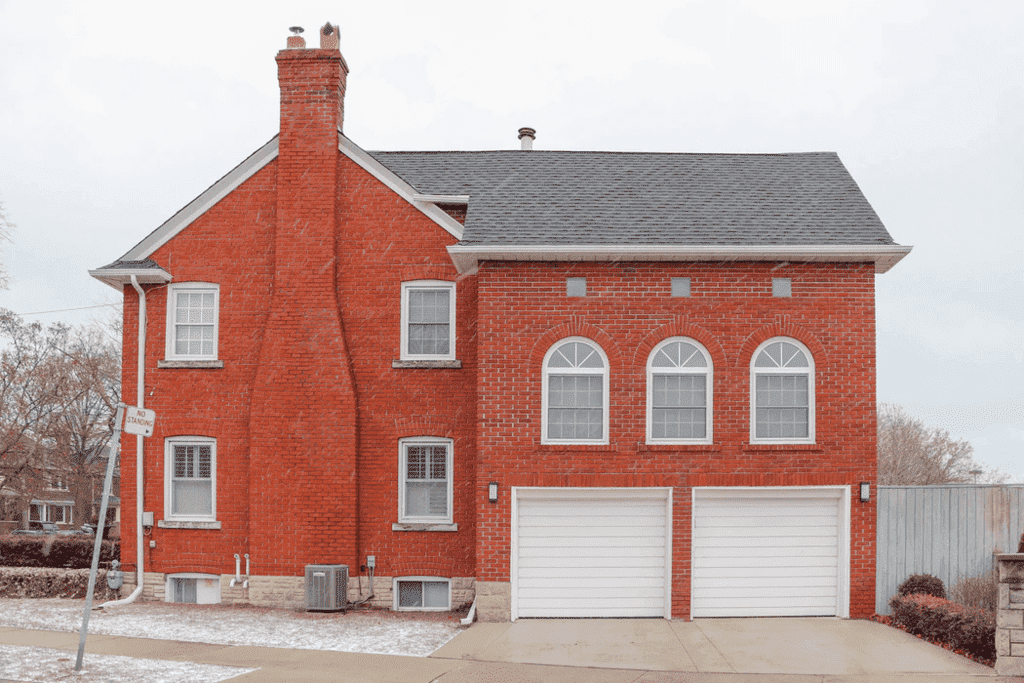
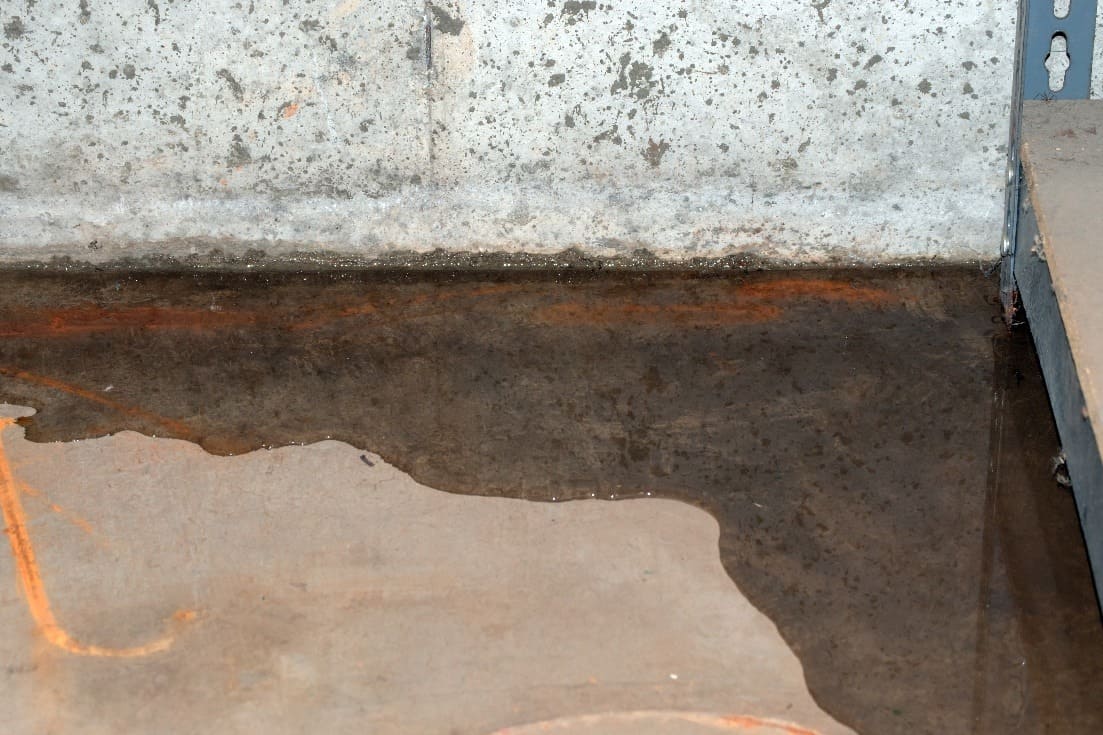
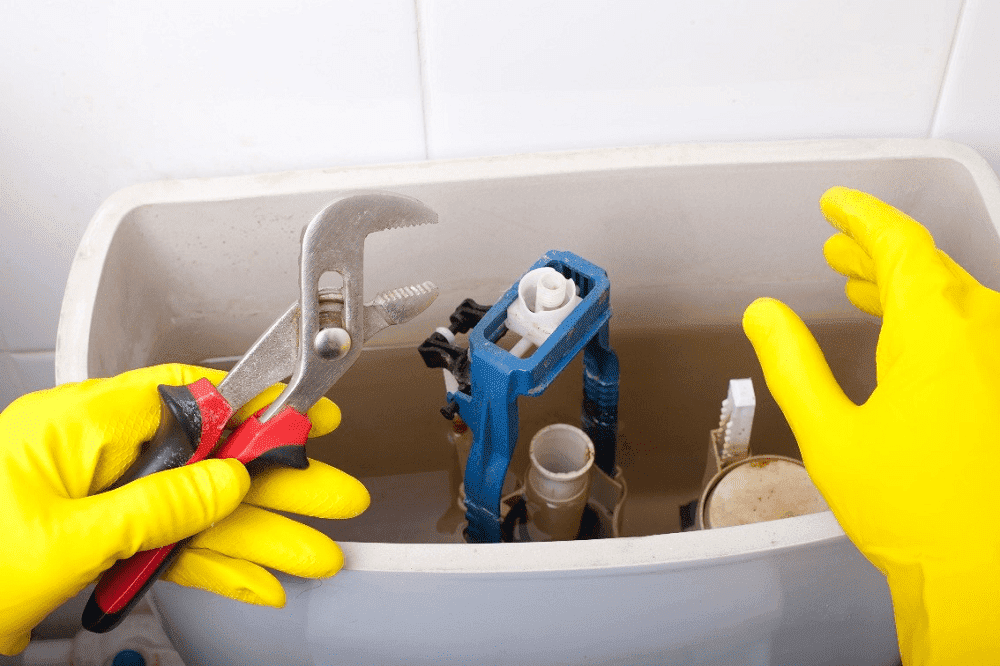 Why should you trust us to detect and fix your
Why should you trust us to detect and fix your 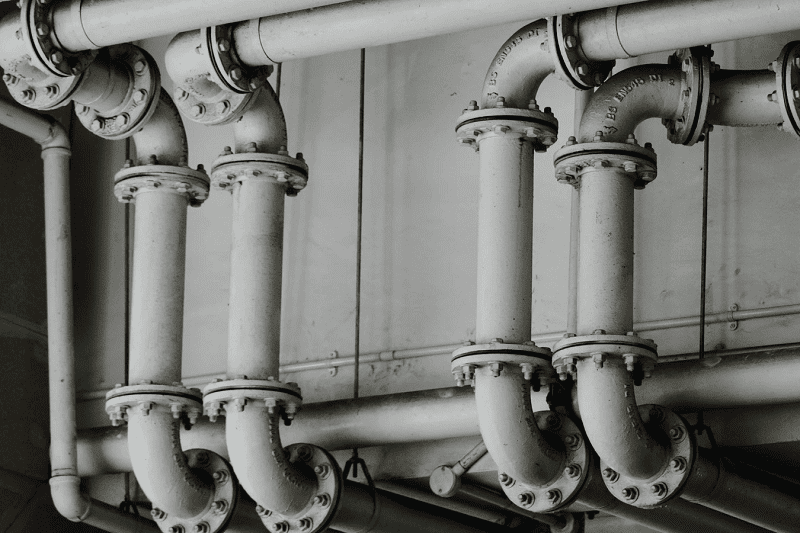 Nothing is as frustrating as taking a shower only to find that the water isn’t draining. Well, nothing except for flushing your toilet and seeing the water flowing out from the bottom of the toilet.
Nothing is as frustrating as taking a shower only to find that the water isn’t draining. Well, nothing except for flushing your toilet and seeing the water flowing out from the bottom of the toilet.
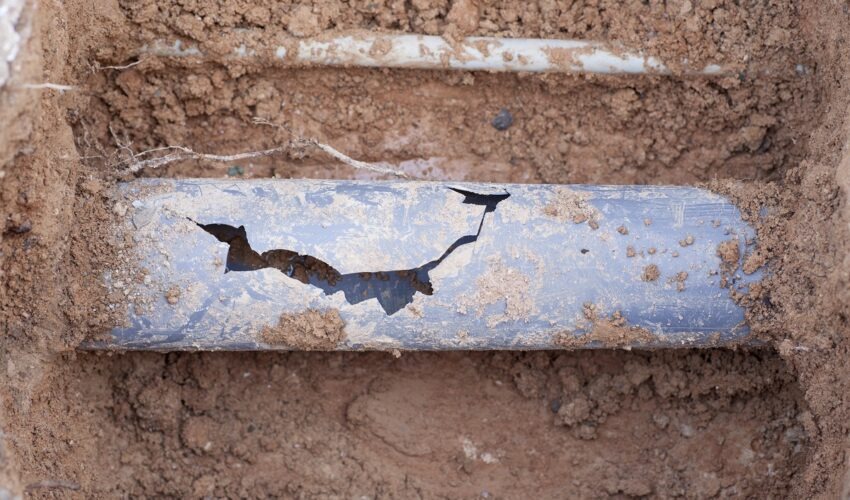
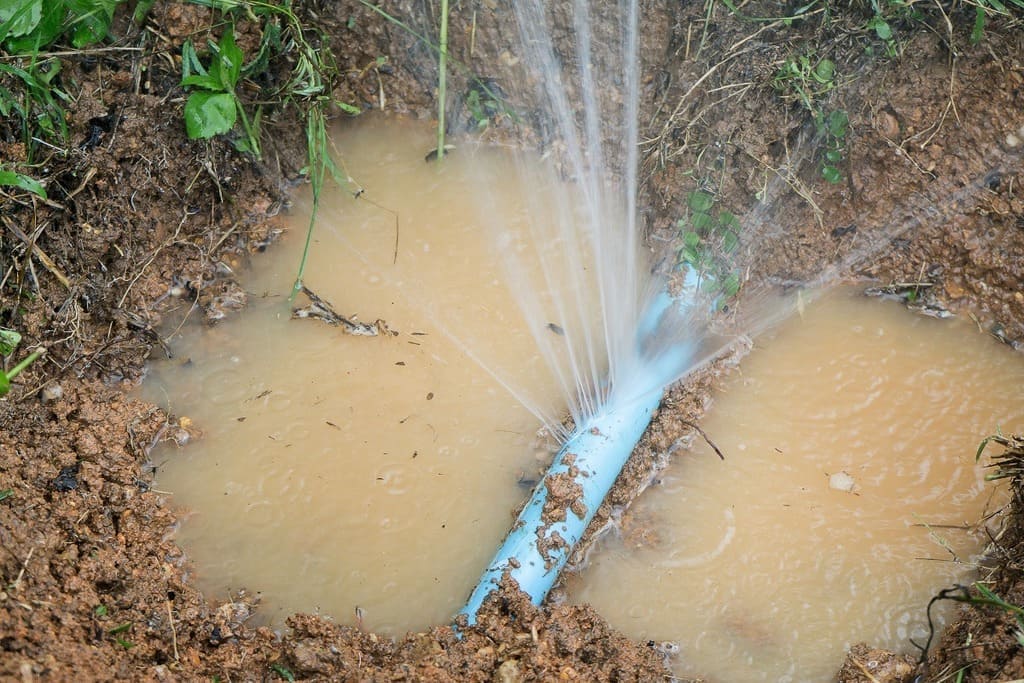

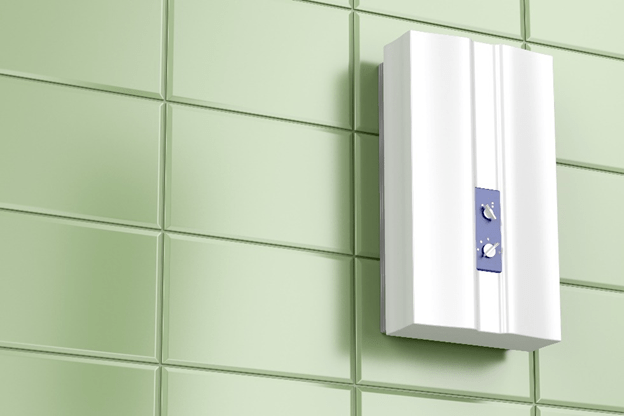 True to their name, tankless water heaters don’t have the water tanks found on traditional water heaters. Instead, water is heated “on-demand,” significantly lowering water heater costs and space requirements. However, can tankless water heaters match the convenience of their traditional, tank-laden counterparts?
True to their name, tankless water heaters don’t have the water tanks found on traditional water heaters. Instead, water is heated “on-demand,” significantly lowering water heater costs and space requirements. However, can tankless water heaters match the convenience of their traditional, tank-laden counterparts?